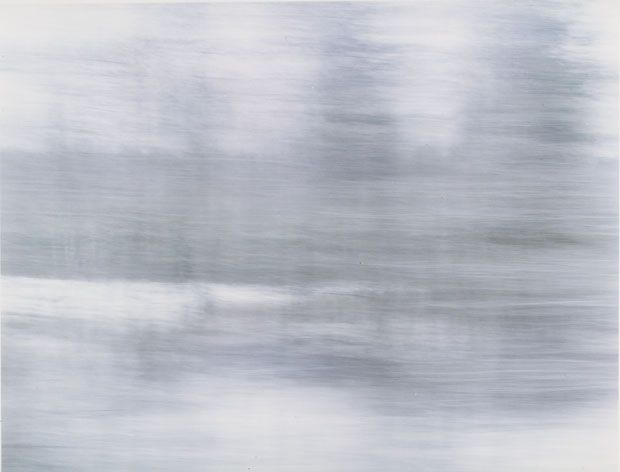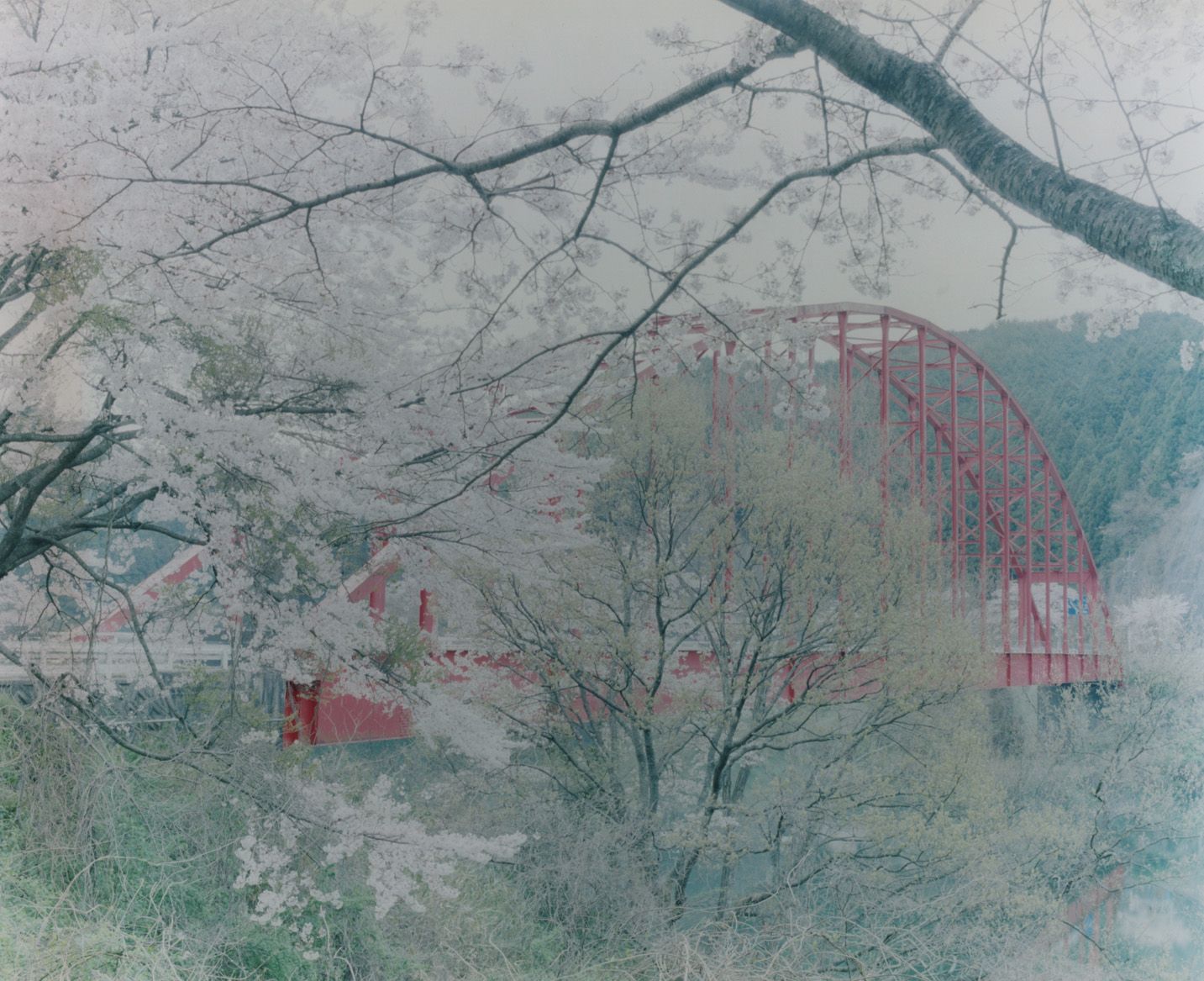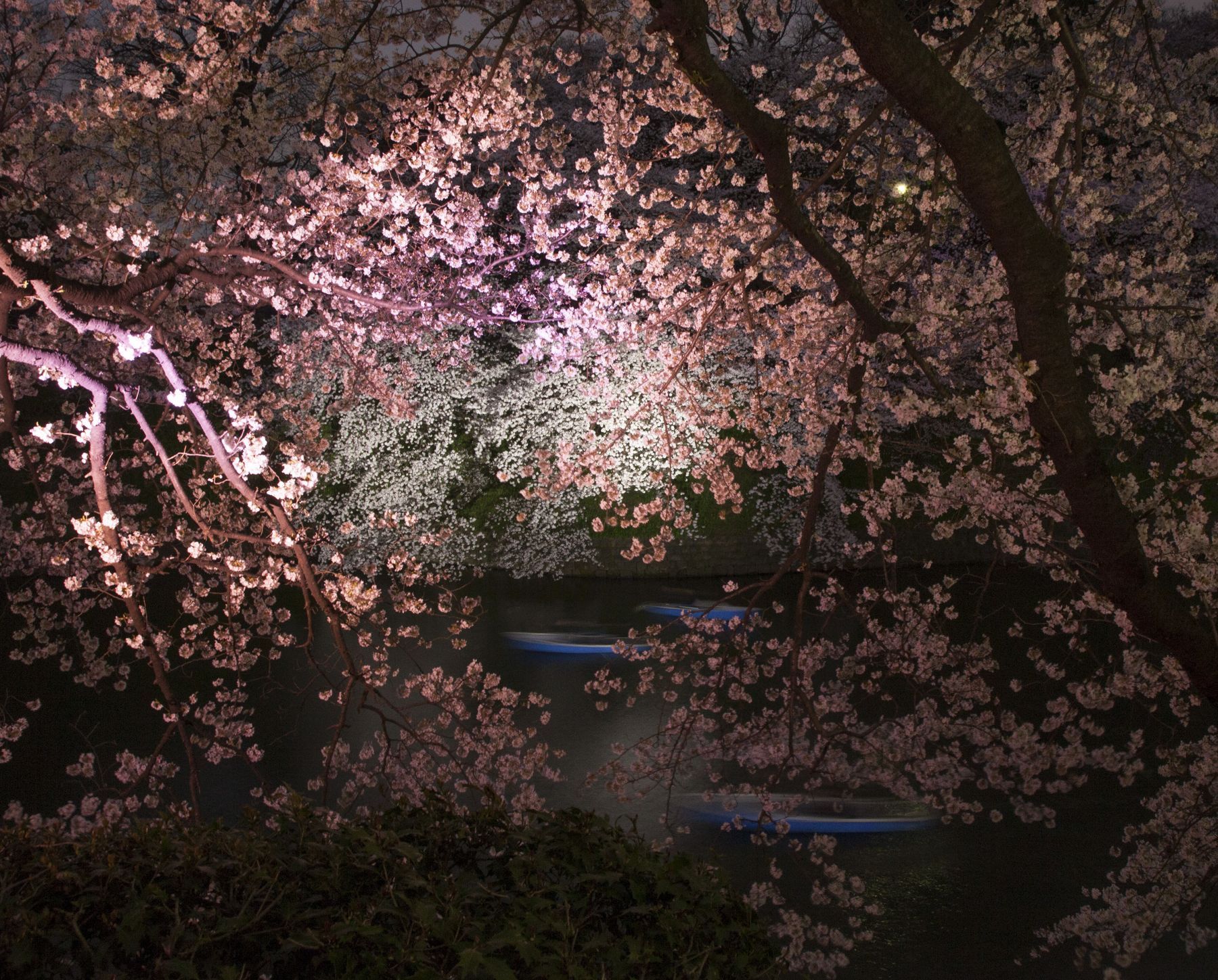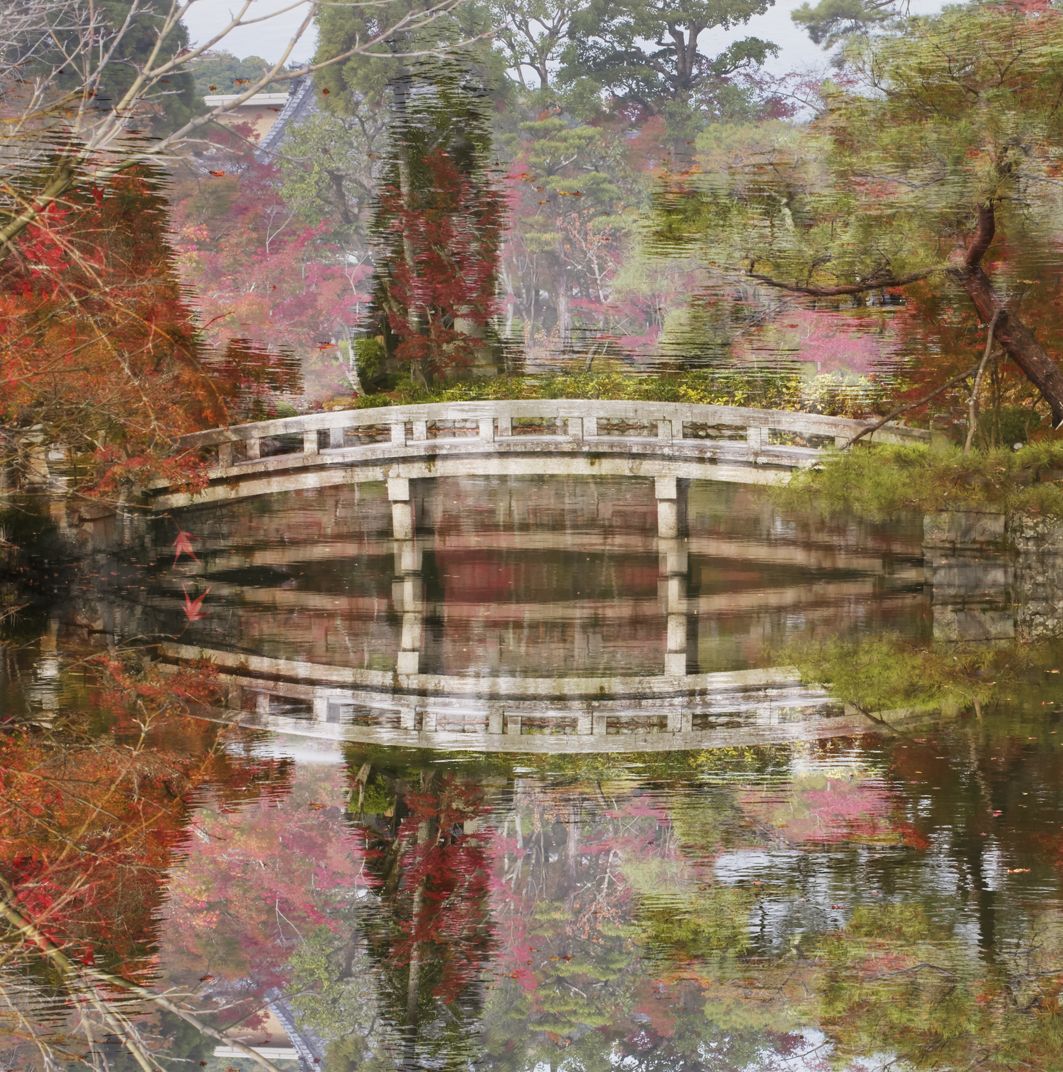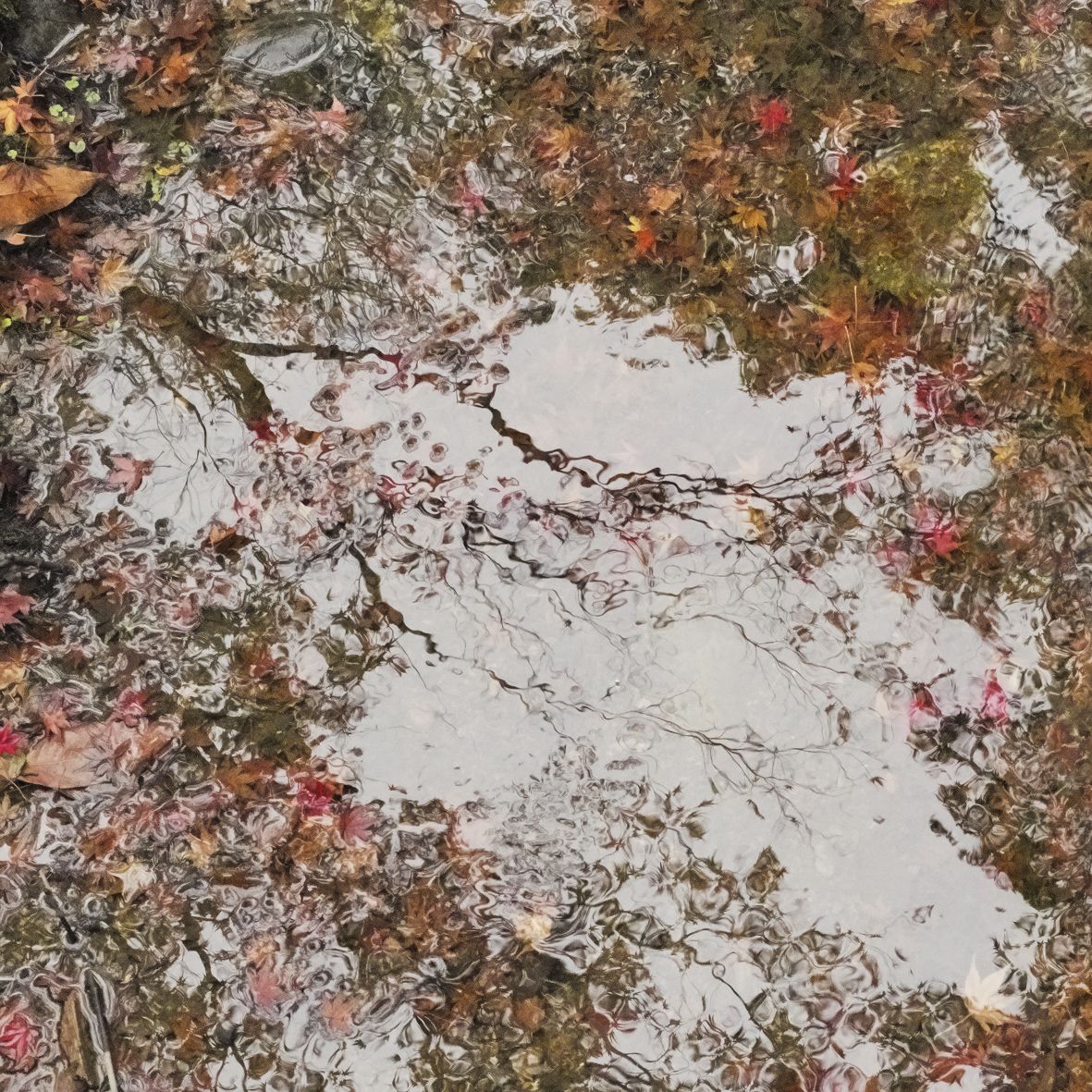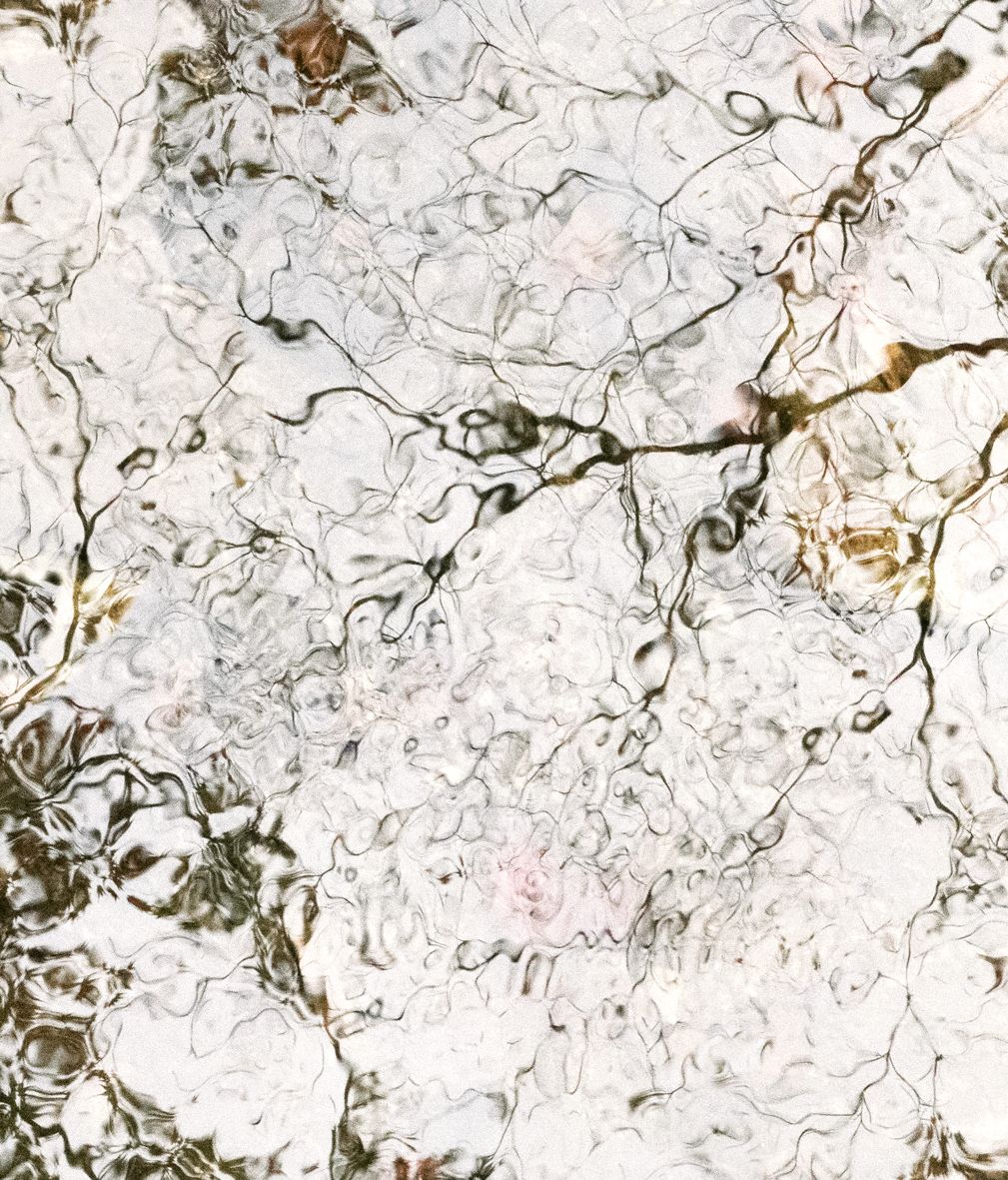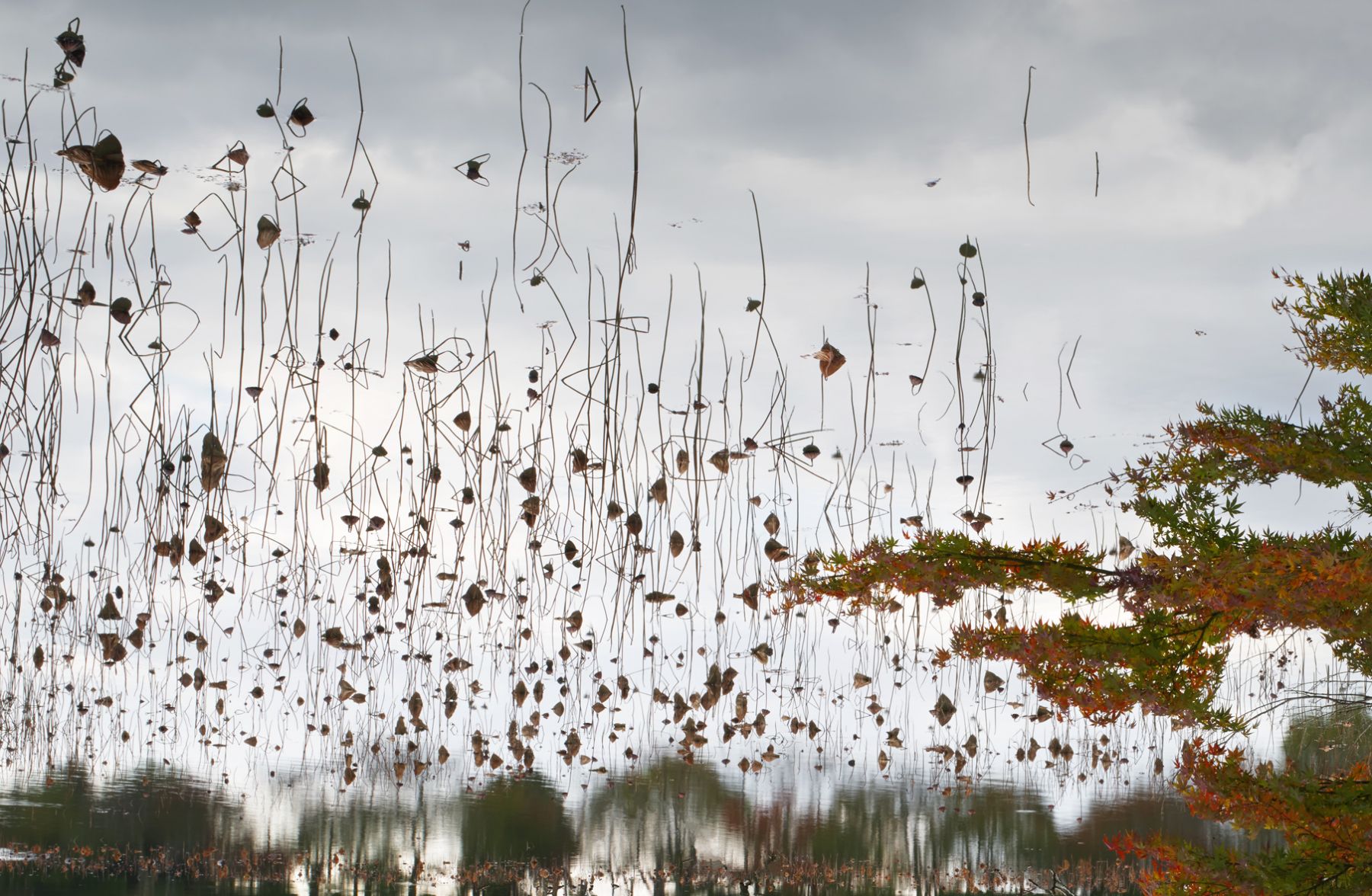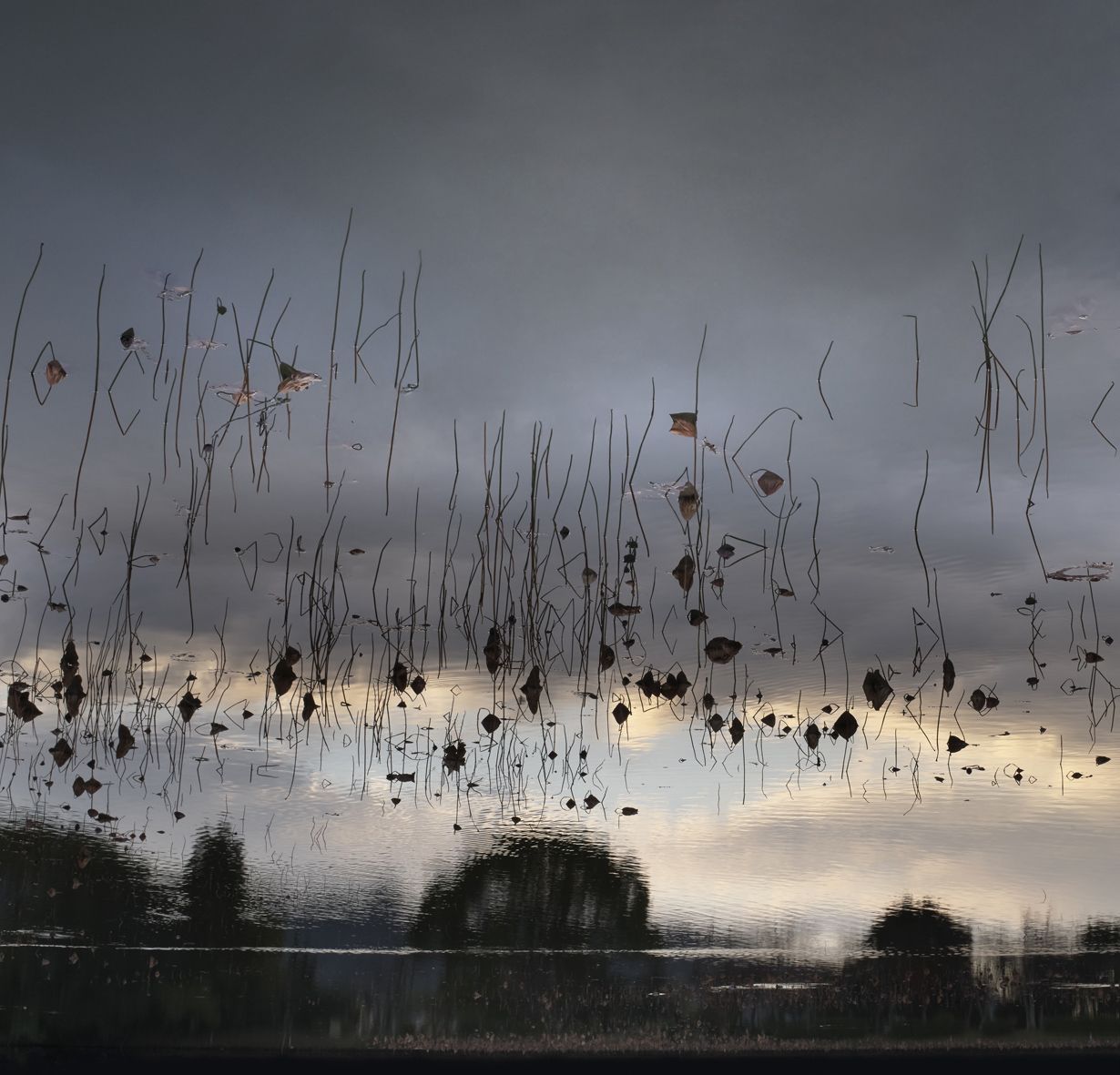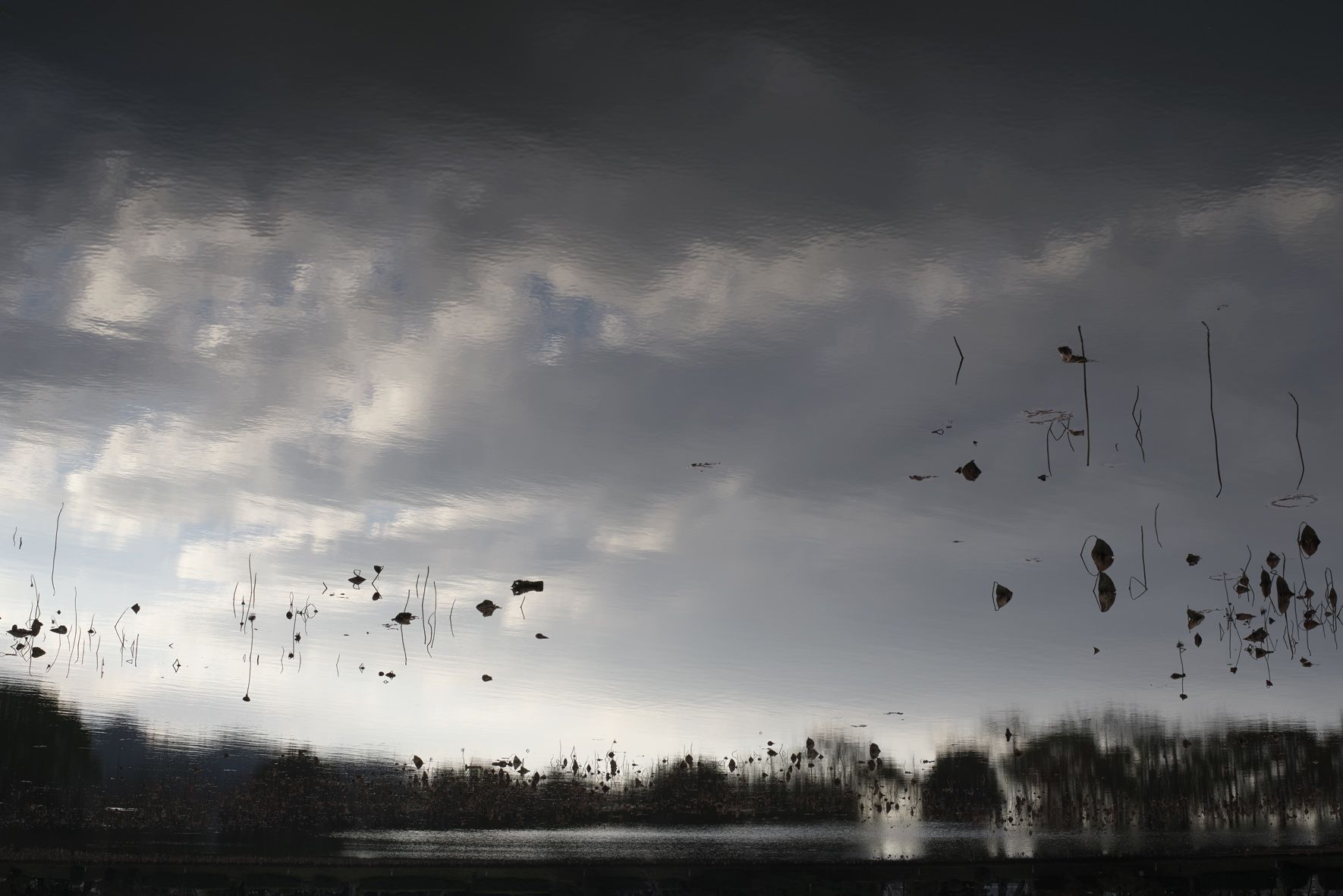Ori Gersht: Evaporation
Online Exhibition
June 18 – August 28, 2021
Talley Dunn Gallery is honored to announce Evaporation, a solo exhibition of works spanning the diverse oeuvre of internationally acclaimed artist Ori Gersht. This virtual presentation brings together images from five distinct bodies of work, which were created over a period of almost twenty years: White Noise (1999), Liquidation (2005), Hide and Seek (2008), Chasing Good Fortune (2010), and Floating World (2016). During the last two decades, Gersht has undertaken a series of journeys in search of the relationships between place, identity, and memory as they coalesce at specific sites.
Ori Gersht (b. 1967, Tel-Aviv) earned his BFA in Photography, Film & Video from the University of Westminster, London in 1992 and completed his Master of Photography at the Royal College of Art, London in 1995. Gersht has been honored with solo exhibitions at the Hirshhorn Museum and Sculpture Garden, Washington, D.C. (2009); the Tel Aviv Museum (2012 and 2015); the Museum of Fine Arts, Boston (2012); the Center for Contemporary Art, Tel Aviv (2013); the Columbus Museum of Art, Columbus, Ohio (2014); and the Museum Kurhaus Kleve, Kleve, Germany (2015). His work is held by major collections including the Hirshhorn Museum and Sculpture Garden; the Museum of Fine Arts, Boston; the Museum of Modern Art, San Francisco; the Guggenheim Museum, New York; the Los Angeles County Museum of Art; The Getty Museum, Los Angeles; the Knoxville Museum of Art, Tennessee; Tate, London; the Victoria & Albert Museum; the UK Government Art Collection; the Tel Aviv Museum of Contemporary Art, Tel Aviv; and the Israel Museum, Jerusalem. Gersht lives and works in London, where he has been based for the past twenty years.

